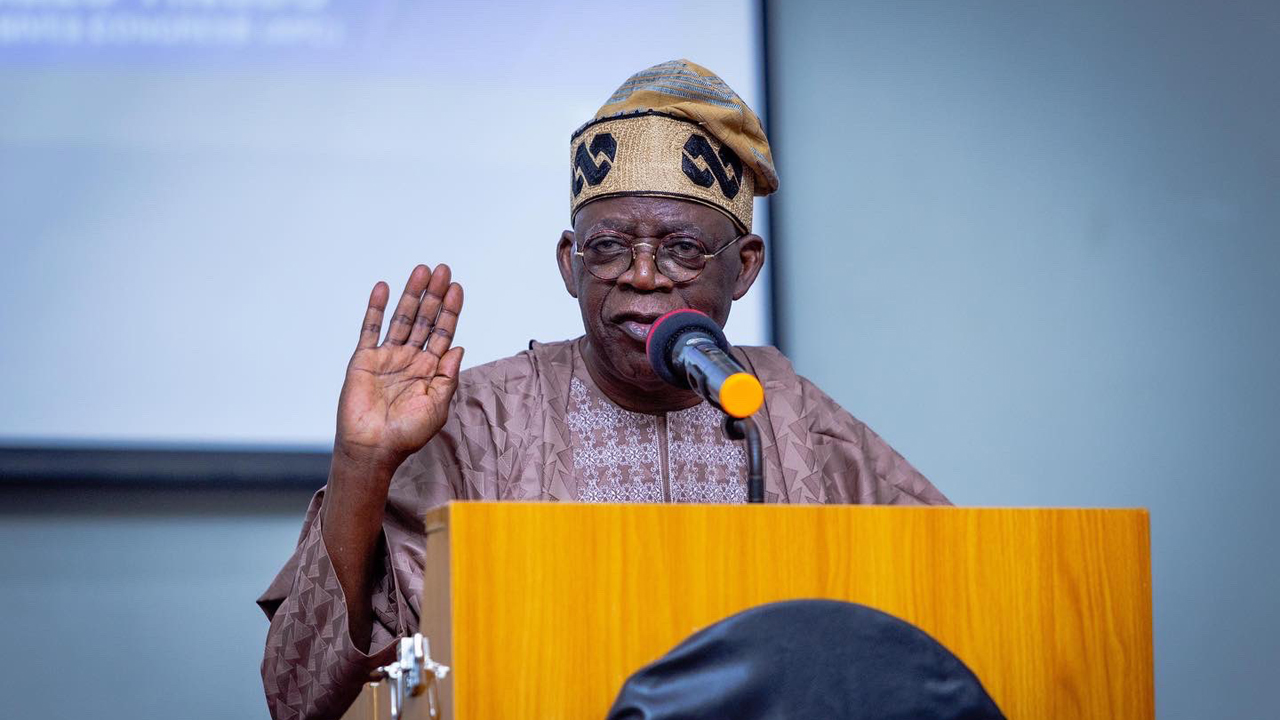Flashback: Marrying Physical With Stomach Infrastructure – Maxwell Adeleye

The concept of “Stomach Infrastructure” which the Ekiti State Governor, Mr. Ayo Fayose introduced to governance has been causing ripples all over the country. To some people, physical infrastructure is the vision that the immediate past administration of Dr. Kayode Fayemi pursued in Ekiti State. It is an elitist dream of building projects such as Civic Centres, Pavilion and Tourist Centre’s, e.t.c.
However, stomach infrastructure looks down to the people’s immediate needs such as Empowerment programme for unemployed youths and widows, employment opportunities, assistance for the aged, bursary and scholarship awards for students, health foundation to assist the poor, provision of drugs, promotion of workers, agric facilities for the rural poor farmers, skill acquisition centers for poor unskilled men and women, loan grants, food relief for the poorest of the poor, borehole in rural communities to solve water scarcity problem, eradication of diseases etc. A leader could not have satisfied his people if he built mighty schools and hospitals and yet, the people cannot afford to send their children there and cannot afford the high medical bills of such glorious hospitals.
There must be a point of convergence between physical infrastructure and the lowly capacities of the masses. And this is where the concept of stomach infrastructure becomes very pertinent. While physical infrastructure is the big theory from exclusive business schools, stomach infrastructure is a product of street sense and native intelligence. It is a product of an experience with the predicament of the common masses and their heartfelt yearning. Stomach infrastructure does not need a power-point presentation in a posh conference room.
It does not need seminars and consultants. It only needs a leader to come down from his high horse to interact and feel the immediate challenges of the masses and deploy strategies to ameliorate these needs. The judgment of the majority of average people of Ekiti on June 21, 2014 governorship election that ushered in Ayo Fayose is that Fayemi concentrated mainly on physical infrastructure and ignored stomach infrastructure.
While he was confident that he had performed and delivered on his promises of providing democratic dividends, the people disagreed because they could not enjoy the so-called mighty infrastructure when their stomachs were squirming with hunger. After all, the first objective of the Millennium Development Goal (MDG) is eradication of hunger and poverty. This fact was lost on Fayemi for the four years he spent in Ekiti building physical infrastructures not bearing in mind that they both intertwined and worked simultaneously.
The moral is that you have to be alive, healthy and happy to enjoy the big physical infrastructure, and that is why the need for food and shelter come first before comfort and social recognition. Before the election, Fayemi had offended all the major stakeholders in the electoral politics of Ekiti State but his close allies did not let him know. They kept telling him all was well. Those of us that had courage to point Fayemi’s attention to the problems ahead were isolated. Meanwhile, these stakeholders Fayemi had problems with were those adequately catered for when Fayose was first in power between May 2003 and October 2006.
Fayose prioritized the needs of labour unions. He started the formal celebration of World Teacher’s Day in Ekiti. Fayose gave out cars and cash to the best teachers in primary and secondary schools in Ekiti. He inherited 11 months’ salary arrears of local government staff from his predecessor in 2003 and paid all before the end of 2004. He constantly visits market men and women in their stores. The Drivers and Motorcyclists were not neglected. But the Elites, who felt spited by Fayose’s approach to governance, launched a fierce battle against him. And through the support of some external forces, Fayose was controversially impeached on October 16 2006.
However, during the governorship reign of Fayemi, the labour unions felt isolated. The 27% Teachers Salary Scale (TSS) allowance which Teachers had been collecting before Fayemi became governor was scrapped. Fayemi’s attempt to make teachers write a competency test was rejected. Local government staff too had issues with Fayemi. There were more than 10 industrial actions in the state within the 4 years Fayemi held the insignia of power. Council’s Directors of Administration and Treasurers were sacked. Many Secondary Principals, Primary Schools Headmasters and Mistresses were sacked and demoted.
In less than 8 months Fayemi got power, all the Student Union Movements in Ekiti State were proscribed because they protested against increment in their school fees. However, Fayemi reinstated all those he had sacked and demoted in a few weeks to the election. The ban placed on Student unions was lifted in a few months to the election. In reality, the Ekiti scenario was an eye-opener to leadership in Nigeria. You must identify with the common people from the beginning, not when election is fast-approaching.
The lesson is that there must be a balance between idealism and pragmatism. A great leader must be high in ideas and lowly at heart. In the case of Ekiti, Fayemi satisfied the members of his own class, but on Election Day, a bewildered man looked back and he could not see the members of his class. The Elites could not leave the comfort of their hotel suites to queue in the sun. Only the commoners came to judgment and they voted to restore their souls.
In conclusion, stomach infrastructure is about human survival, first and foremost. It is about following the natural sequence of things in governance. It is about carrying everybody along, everyone at his own pace. It is a painful reality that we must contend with.
Previously Published by: The Herald



